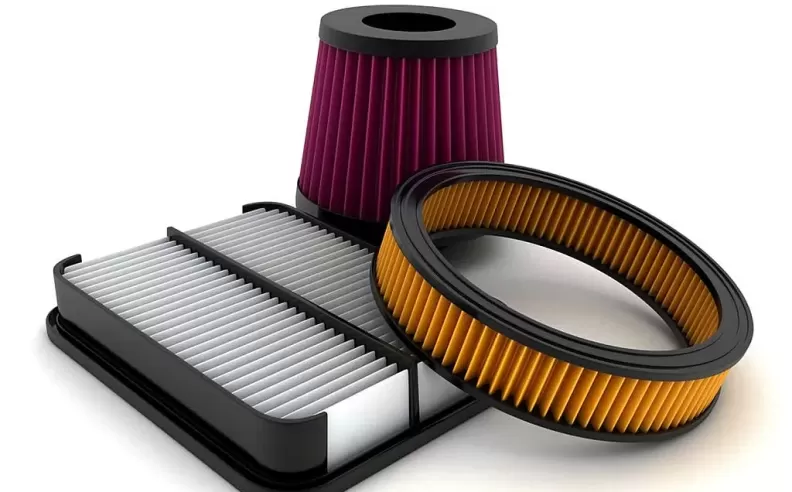
When it comes to maintaining your car's performance and longevity, one crucial aspect is ensuring that its filters are clean and functioning optimally. Filters play a vital role in keeping harmful particles, pollutants, and contaminants out of the engine, cabin, and various systems in your vehicle. In this article, we will explore the different types of filters found in cars and discuss how to maintain them effectively.
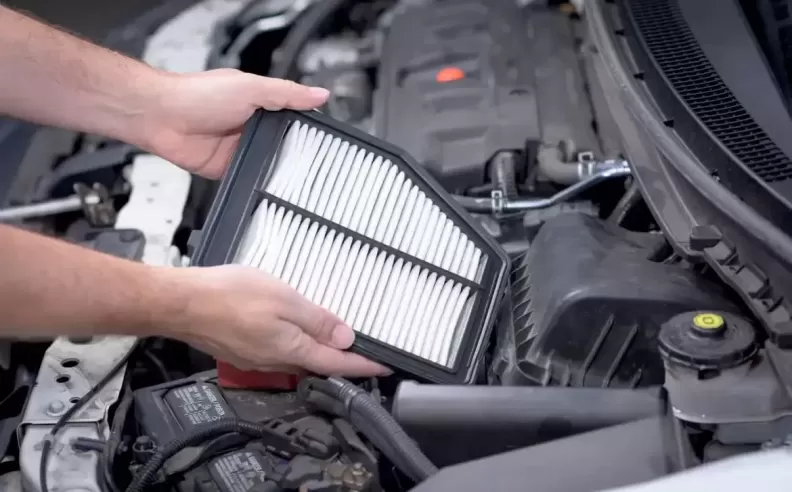
The engine air filter is responsible for filtering the air that enters the engine, preventing dirt, dust, and debris from causing damage. Over time, the air filter can become clogged, hindering airflow and reducing engine performance. To maintain it, follow these steps:
Consult your vehicle's manual to locate the air filter housing.
Remove the housing and inspect the air filter. If it appears dirty or clogged, it's time for a replacement.
Install a new air filter, ensuring it is properly seated in the housing.
Reattach the housing securely.
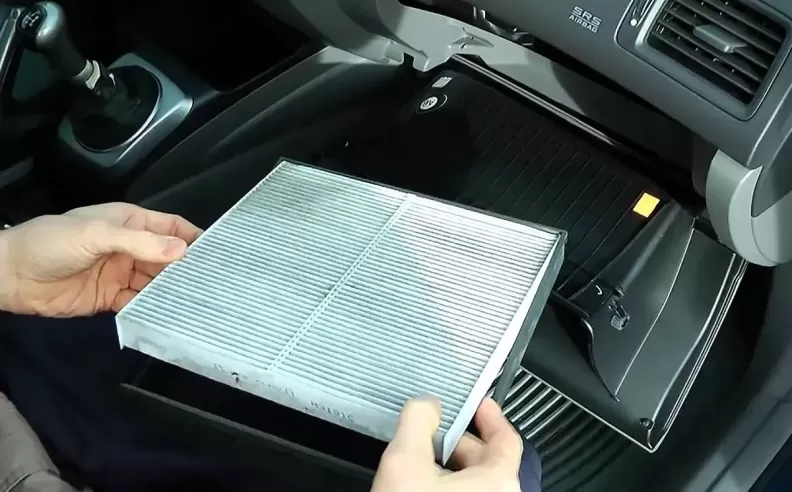
The cabin air filter, also known as the pollen filter, is responsible for purifying the air that enters the vehicle's interior through the ventilation system. It traps dust, pollen, allergens, and other contaminants, providing clean air for the occupants. Here's how to maintain it:
Check your vehicle's manual to locate the cabin air filter.
Remove the old filter and inspect it for dirt and debris. If dirty, replace it with a new one.
Ensure the new filter is installed in the correct direction as indicated on the packaging.
Reinstall the filter and secure the housing.
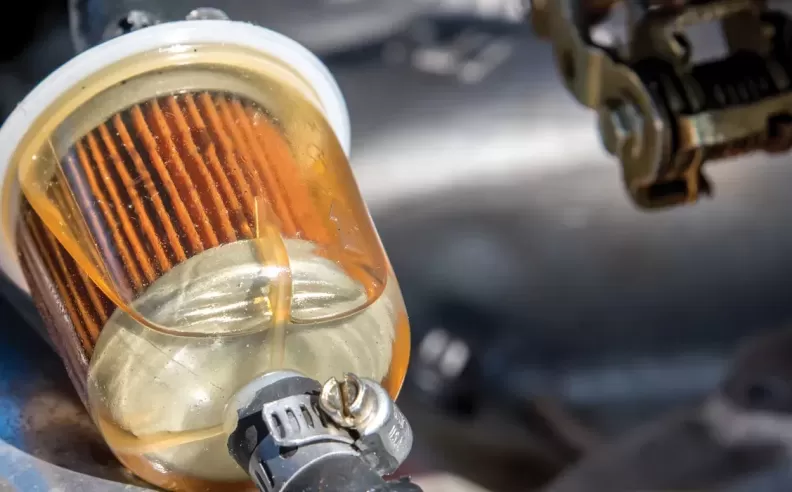
The fuel filter plays a critical role in preventing dirt, rust, and other contaminants from reaching the engine through the fuel system. Regular maintenance of the fuel filter is essential to avoid engine damage. The process may vary depending on your car's make and model, so consult your manual or seek professional help to replace the fuel filter.
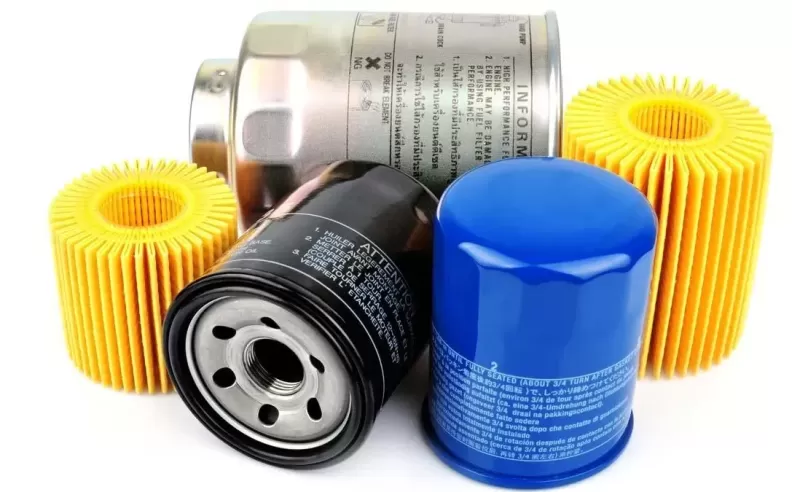
The oil filter keeps the engine oil clean by trapping contaminants and impurities that can affect engine performance and longevity. It is typically replaced during oil changes. To maintain the oil filter, follow these steps:
Consult your vehicle's manual to locate the oil filter.
Use an appropriate wrench to loosen and remove the old filter.
Clean the filter housing to remove any residue or debris.
Apply a thin layer of oil to the rubber gasket on the new filter.
Install the new filter, ensuring it is properly tightened.
Refill the engine with the recommended oil.

The transmission filter helps keep the transmission fluid clean, preventing debris from causing damage and ensuring smooth gear shifting. The maintenance of a transmission filter is best left to professionals, as it often involves removing the transmission pan and replacing the filter and fluid.
It's important to note that filter maintenance schedules can vary based on the manufacturer's recommendations and your driving conditions. Regularly inspecting and replacing filters is crucial to maintaining the overall health and performance of your vehicle. Neglecting filter maintenance can lead to decreased fuel efficiency, engine problems, and poor air quality inside the cabin.
In conclusion, the various filters in a car, including the engine air filter, cabin air filter, fuel filter, oil filter, and transmission filter, all play essential roles in keeping your vehicle running smoothly. By following the manufacturer's recommendations and performing regular maintenance, you can ensure these filters are clean and functioning optimally, contributing to the longevity and efficiency of your car.

Wael is an automotive content writer specializes in creating written content for Motor 283. Producing a wide range of content, including blog posts, articles, product descriptions, reviews, and technical guides related to cars, trucks, motorcycles, and other vehicles, with an unprecedented passion for cars, and motorcycles.
